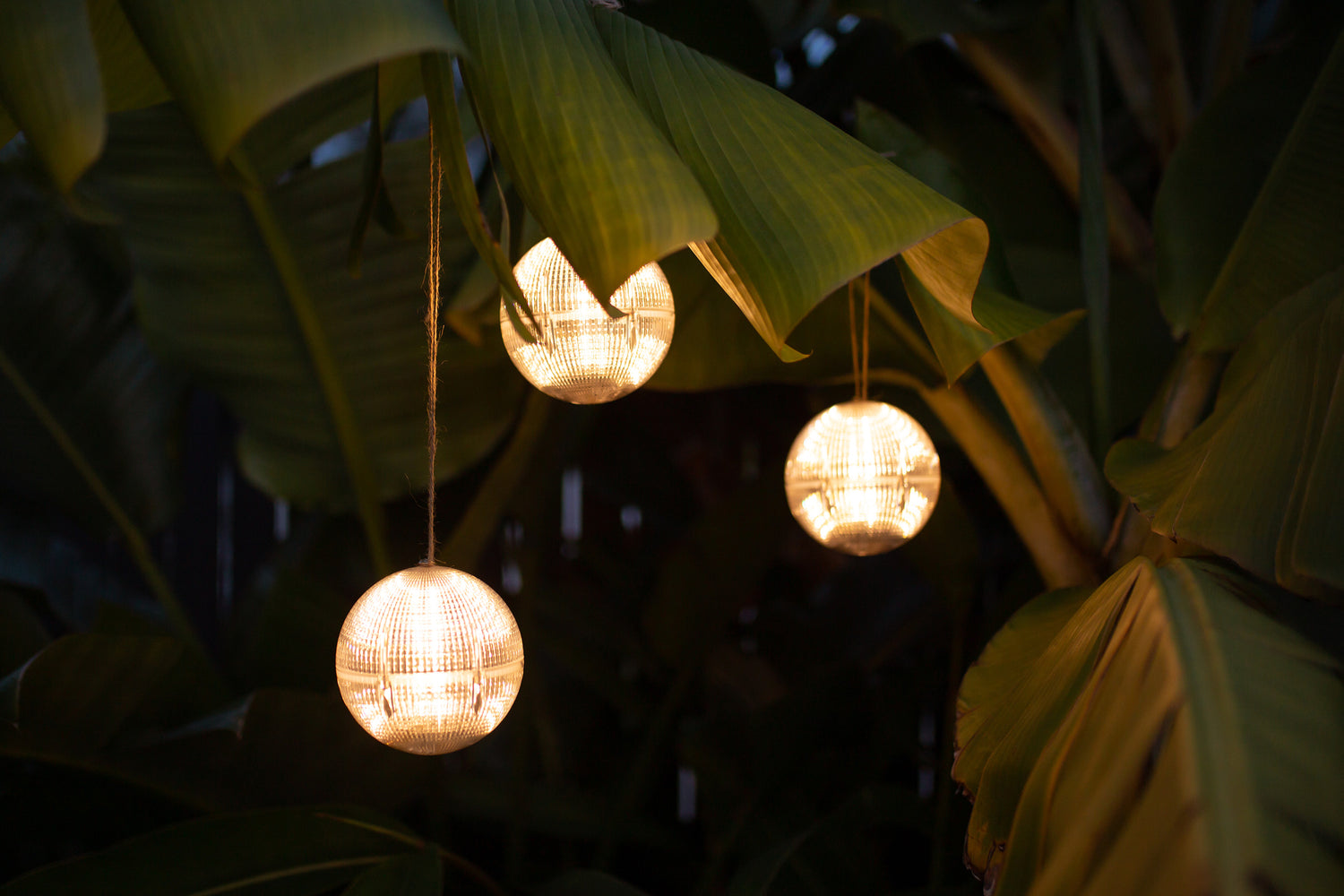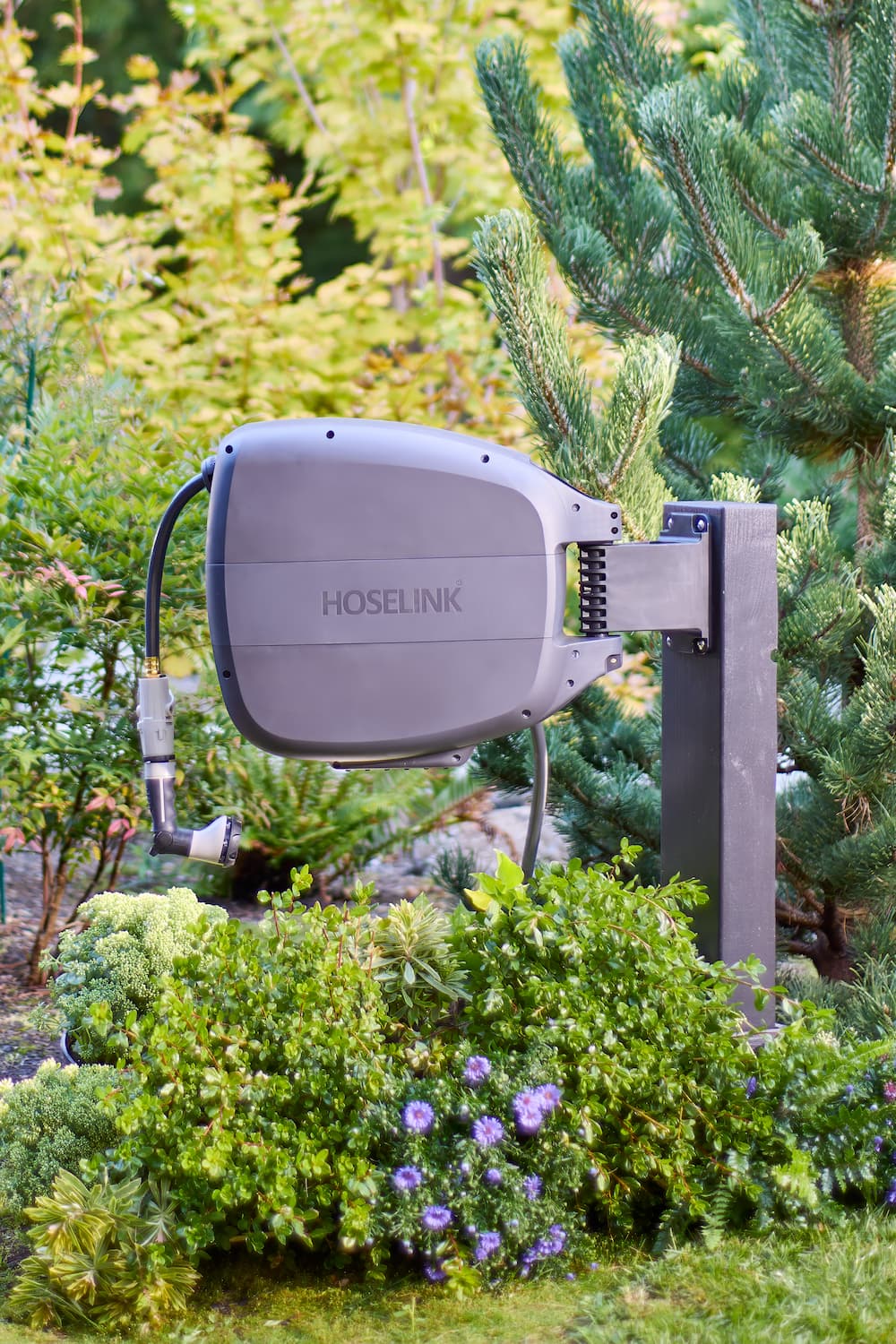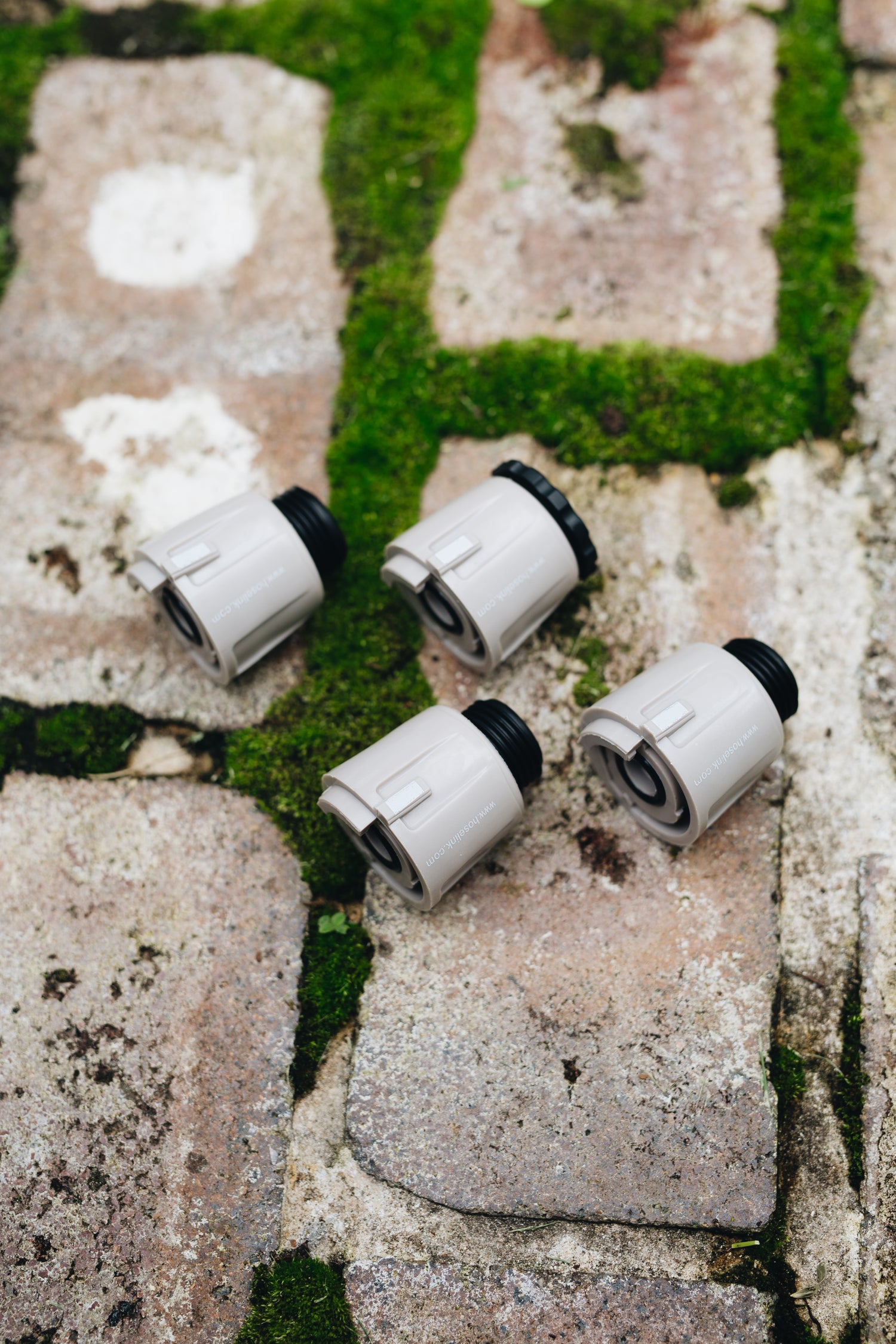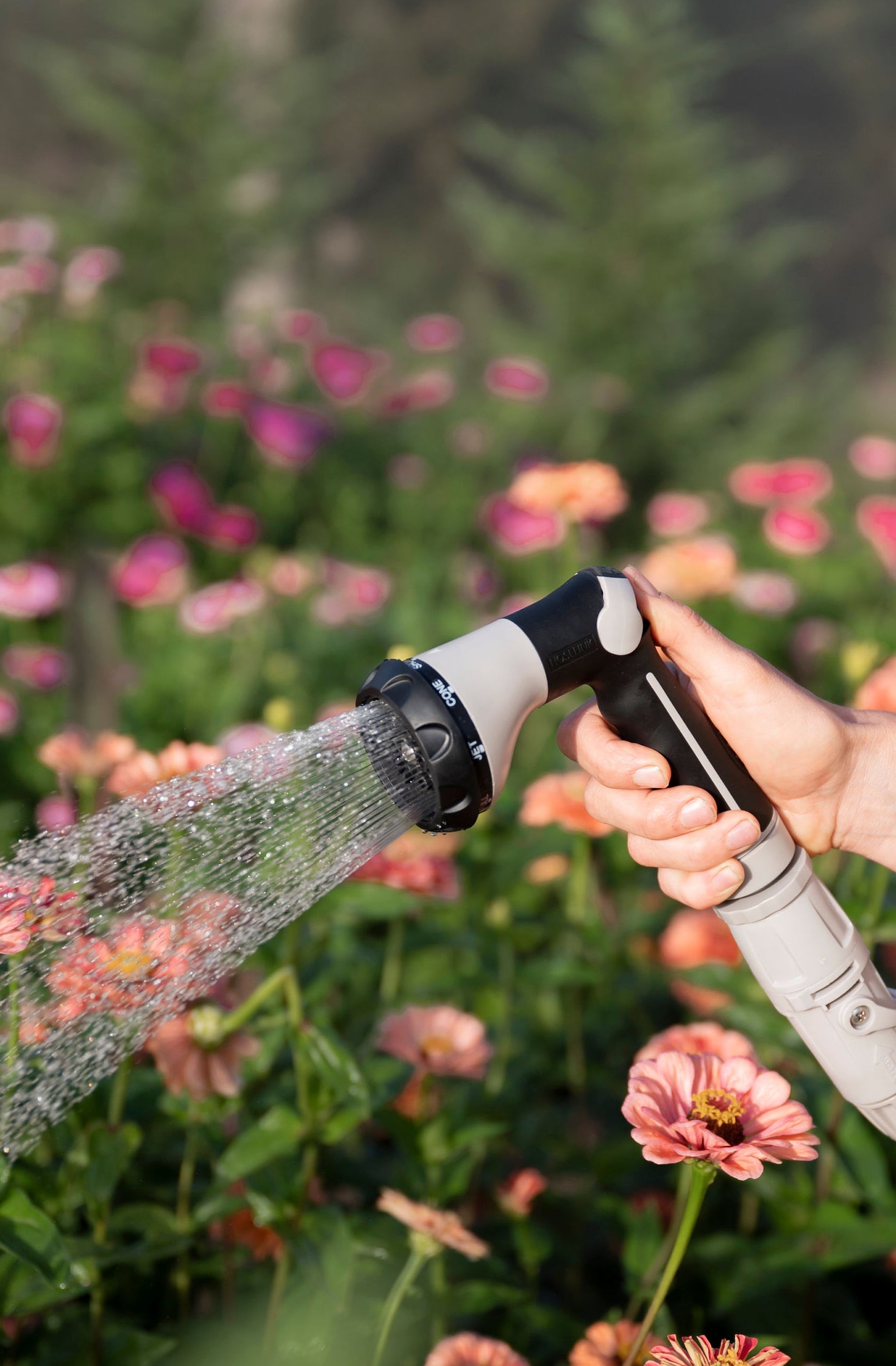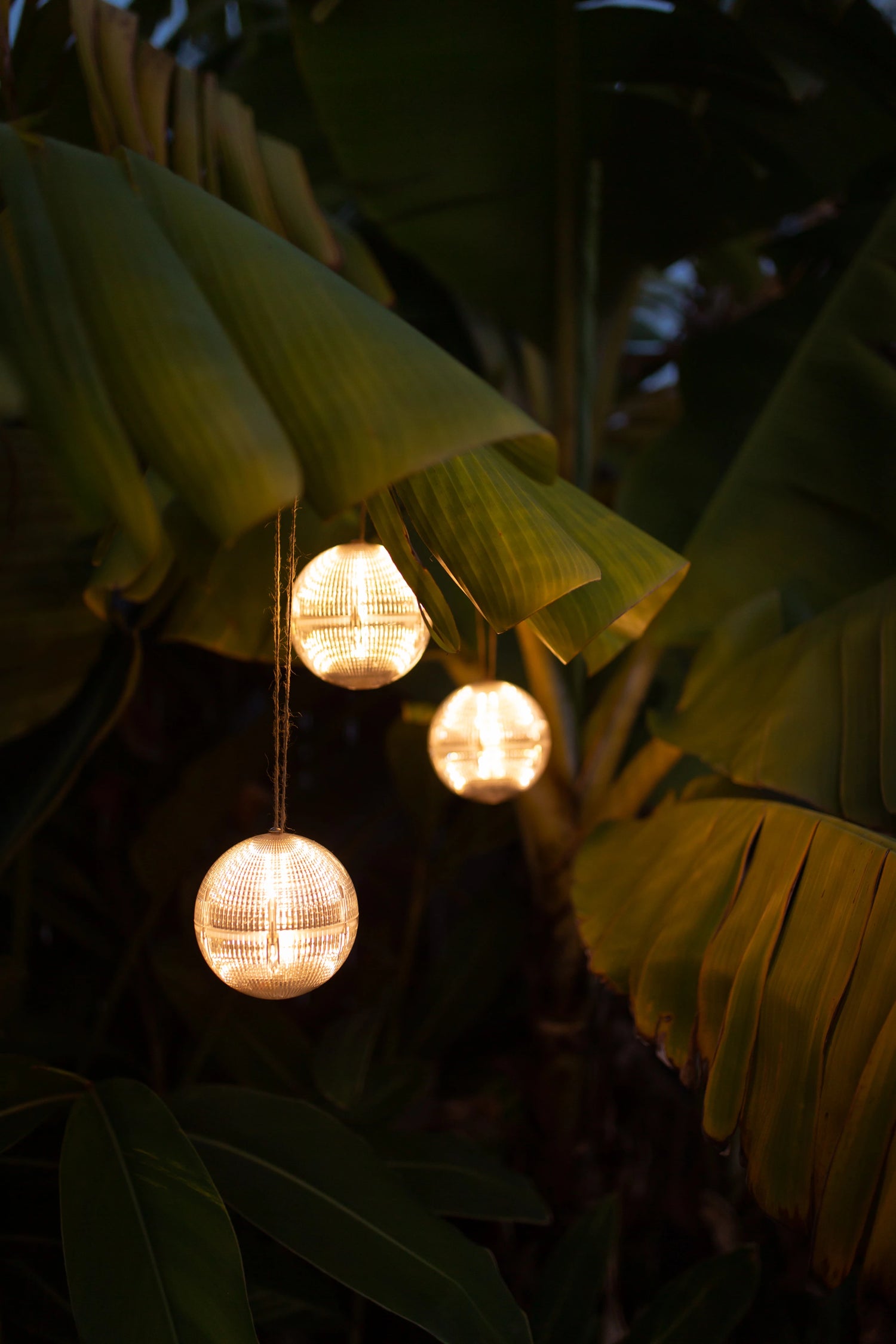When summer draws to a close, many gardeners hang up their gloves and call it a season. But here’s a secret: some of the best gardening happens after the hottest months have passed. A fall garden can be just as productive—if not more—than a summer one. Cooler temperatures reduce plant stress, pests are fewer, and certain crops taste even better after a light frost.
If you’ve never tried fall gardening before, don’t worry—it’s not too late. With a little planning and the right plants, you can enjoy fresh greens, sweet root vegetables, and colorful blooms well into the cooler months. Here’s everything you need to know to start your own fall garden, from timing your plantings to choosing the best crops.
1. Plan Your Fall Garden
The first step to a successful fall garden is timing. Unlike spring, when you have a long runway before heat sets in, fall gardening works backward from your area’s first frost date.
Check your frost date
Find your average first frost date for your USDA hardiness zone. You can look this up online by entering your ZIP code into a frost date calculator.
Work backward
Once you know your frost date, check the seed packet or plant tag for “days to maturity.” Count backward from your frost date by that number—plus a week or two for slower growth in cooler weather—to determine your planting date.
Choose a sunny location
Most fall crops still need at least 6 hours of direct sunlight each day. If your summer crops shaded parts of the garden, harvest and remove them to make room for your fall plants.

2. Prepare the Soil
Summer crops can deplete soil nutrients, so a little rejuvenation goes a long way.
- Clear spent plants: Remove old tomato vines, bean plants, and any weeds. Healthy plant debris can go into your compost pile.
- Loosen the soil: Use a garden fork to break up compacted soil, allowing roots to penetrate more easily.
- Add organic matter: Work in 2–3 inches of compost or well-rotted manure. This replenishes nutrients and improves soil structure.
- Water deeply before planting: Moist soil encourages strong root development.
- Mulch lightly: A thin layer of straw or shredded leaves can help retain moisture and keep weeds at bay without smothering seedlings.

3. Choose Fall-Friendly Crops
Fall is prime time for cool-season crops that can handle, or even thrive in, chilly weather.
Leafy Greens
- Spinach – Cold-hardy and quick-growing; plant every couple of weeks for a steady harvest.
- Kale – Gets sweeter after a light frost and produces well into winter in many zones.
- Swiss Chard – Vibrant stems and mild flavor; tolerates both heat and light frost.
- Lettuce – Loose-leaf varieties mature quickly; perfect for cut-and-come-again harvesting.
- Arugula – Peppery and fast-growing, ready in as little as 30 days.
Root Crops
- Carrots – Develop a sweeter flavor after frost; plant early enough for roots to size up.
- Radishes – One of the fastest fall crops—mature in 25–30 days.
- Beets – Edible roots and greens; grow best in cooler weather.
- Turnips – Hardy and versatile, great for roasting or mashing.
Brassicas
- Broccoli – Plant transplants for a fall harvest; cooler temps reduce bitterness.
- Cabbage – Firm heads and crisp leaves form best in cooler climates.
- Cauliflower – Prefers consistent moisture and cooler temps.
- Brussels Sprouts – Long-growing; start early for a late-fall harvest.
Herbs
- Parsley – Cold-tolerant and flavorful, ideal for fall soups and stews.
- Cilantro – Prefers cooler temps and bolts quickly in heat, making fall ideal.
- Chives – Perennial herb that can last year-round in milder climates.
Flowers for Color & Pollinators
- Pansies and Violas – Thrive in cooler temps and bring cheerful color.
- Chrysanthemums – Classic fall flowers with vibrant blooms.

4. Planting Tips for Success
Direct Sow vs. Transplant
Some crops—like carrots, radishes, and beets—should be sown directly in the soil where they’ll grow. Others, like broccoli and cabbage, do better when started indoors and transplanted outdoors once seedlings are established.
Succession Planting
To extend your harvest, plant small amounts of quick-maturing crops (like lettuce or radishes) every 1–2 weeks.
Water Consistently
Even though fall is cooler, seedlings still need regular moisture. Keep the soil consistently damp, especially during germination.
Mulching
Apply a light mulch around plants to regulate soil temperature and retain moisture. Avoid heavy mulching until plants are well established to prevent seedling rot.
Use Row Covers
Floating row covers can protect seedlings from pests and provide a few extra degrees of warmth.

5. Protect Your Crops from Cold
Cool-season crops can handle light frosts, but you’ll want to be prepared for sudden temperature drops.
- Frost blankets or row covers: Keep lightweight frost cloths on hand for chilly nights.
- Low tunnels: Create mini greenhouses using hoops and plastic sheeting.
- Mulch for root crops: Cover carrots, beets, and turnips with a thick layer of straw to insulate them so you can harvest well into winter.
- Cold frames: These simple structures can extend your growing season by weeks or even months.
Fun fact: Crops like kale and carrots often improve in flavor after a frost—the plant produces sugars to protect itself from freezing.
6. Pest and Disease Management
Fall gardening means fewer pests, but it’s not pest-free.
- Aphids – Can cluster on brassica leaves; spray with a strong jet of water or use insecticidal soap.
- Cabbage worms – Use floating row covers to prevent butterflies from laying eggs.
- Slugs and snails – Common in damp conditions; trap them with beer traps or handpick in the evening.
- Powdery mildew – Improve air circulation and avoid overhead watering to reduce risk.
Crop rotation is your friend—don’t plant the same family of crops in the same spot each season to prevent soil-borne diseases.

7. Harvesting and Enjoying Your Fall Garden
Timing your harvest is key to enjoying the freshest produce.
- Morning harvests: Cooler temps mean leaves are crisper and roots are more hydrated.
- Cut-and-come-again greens: Harvest outer leaves of lettuce, spinach, or kale to encourage continued growth.
- Leave root crops in the ground: In milder climates, carrots and beets can stay in the soil until you’re ready to eat them, as long as they’re mulched.
- Harvest brassicas when firm: For cabbage, wait until heads are tight; for broccoli, cut when the central head is fully developed but before flowers open.
8. Extending the Season into Winter
If you catch the fall gardening bug, you can keep it going even longer.
- Plant cold-hardy greens under a cold frame for winter salads.
- Overwinter garlic in the fall for a summer harvest.
- Try overwintering spinach in milder zones—it will bounce back in early spring.
Final Thoughts
Fall gardening is a rewarding way to stretch your growing season, make the most of your garden space, and enjoy fresh produce when the rest of the neighborhood has put their gardens to bed. With cooler weather on your side, plants grow more slowly but with better flavor, and you’ll deal with fewer weeds and pests.
Whether you start with a small patch of spinach or go all in with rows of kale, carrots, and broccoli, the effort will pay off in crisp salads, hearty soups, and roasted vegetable dishes that celebrate the best of autumn.
Don’t let your garden end in August—grab your seeds, check your frost date, and get planting. Your fall harvest is waiting.



